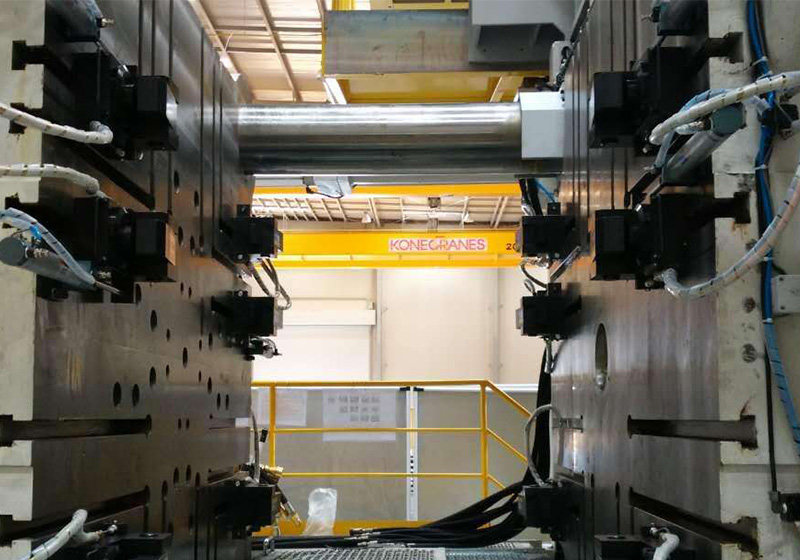-
News
- How to Guarantee the Quality of Plastic Products with Multicolor Injection Molding Machine
- How to Realize Saving Energy Consumption in Large Injection Molding Machines
-
Contact Us
- 0574-86154627
- 0574-86151127

With the advancement of science and technology, products continue to develop in the direction of miniaturization, resulting in the MEMS technology required by the industry in the new century. In 2002, the world produced $45 billion in output value in this field. Its main products play an important role in the fields of optoelectronics communications, image transmission, biomedical treatment, information storage, and precision machinery. In order to produce useful micro components, many emerging manufacturing technologies have emerged, including photolithography, electroforming and mold release (LIGA), ultraviolet etching (UV), electrical discharge machining (EDM), and micro injection molding. Precision grinding and precision cutting. Among them, micro-injection molding technology has become one of the research hotspots in the world of manufacturing technology because it is easy to realize low-cost mass production of parts with precision micro-structures.
The micro-injection molding technology, in which the finished product quality is measured in milligrams and the finished product geometry is measured in micrometers, began in the late 1980s and is an emerging advanced manufacturing technology, compared to traditional and conventional injection molding technologies. It places different requirements on molding materials, molding processes and molding equipment. Many existing and mature injection molding techniques and theories are not suitable for micro-injection molding technology. The technical characteristics of micro-injection molding must be systematically and thoroughly studied and discussed theoretically and practically.
At the beginning of the development of micro-injection molding technology, there was no dedicated injection molding machine for the manufacture of micro parts. In the actual production, the traditional medium and large injection molding machines are usually used in combination with the multi-cavity mold design to realize the parts preparation. This not only has a high requirement for the flow path balance design of the mold, but also the molding quality of the parts is difficult to control. Therefore, a special injection molding machine is required to meet the requirements for miniaturization and high precision of the parts. Compared with the conventional injection molding technology, the micro injection molding technology has many special requirements for the production equipment, mainly manifested in the following aspects:
(1) High injection rate: The quality and volume of the micro-injection molded parts are small, and the injection process is required to be completed in a short time to prevent the melt from solidifying and causing the parts to undershoot. Therefore, the injection speed is required to be high during molding. The injection speed of the traditional hydraulic drive injection molding machine is 200mm/s, the injection speed of the electric servomotor driven injection molding machine is 600mm/s, and the micro injection molding process usually requires the polymer melt injection speed to reach 800mm/s. Above, using the principle of shear thinning of polymer melts, the viscosity of the melt is lowered at high injection speeds to enable smooth filling of the micro-scale cavity.
(2) Precise injection quantity measurement: The quality of micro injection molding parts is only measured in milligrams. Therefore, the micro injection molding machine needs to have a control unit for precise injection in one injection process, and its quality control accuracy requirement is in the order of milligrams. The accuracy of the screw stroke is required. Reached the micron level. The traditional injection molding machine usually adopts a linear reciprocating screw injection structure, and the injection control error is relatively large, which can not meet the micro-injection molding micro-control requirements, and has a greater impact on the part forming quality.
The history of micro-injection molding machine development is not long, but it is a technical field with great potential for development. Research in this area can not only promote the development of traditional injection molding technology, but also promote the manufacture of fine microstructure products. And applications. As countries continue to strengthen the development of micro-electromechanical systems (MEMS) and fine CAD/CAE/CAM products, the market for fine microstructure products will continue to grow, and the demand for precision micro-injection molding machines will increase year by year. Injection molding machines will play an increasingly important role in advanced manufacturing.